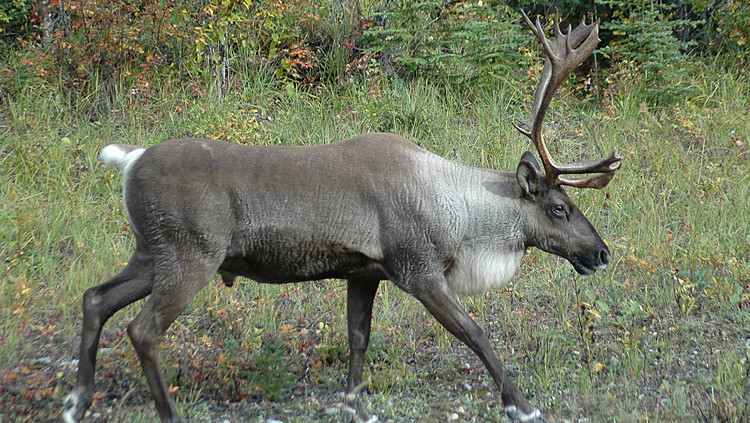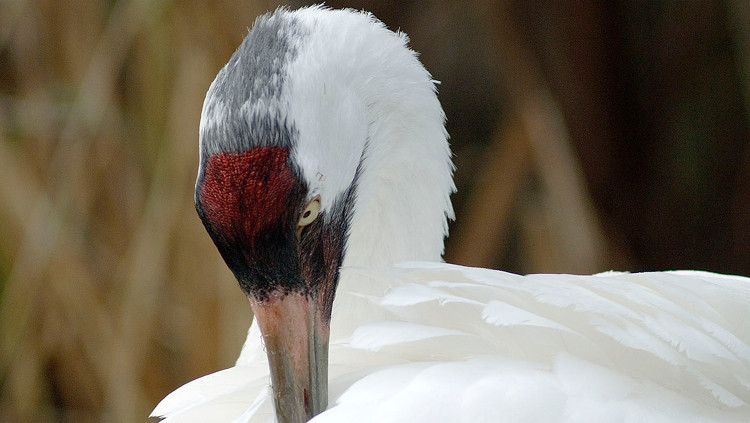Overview
Alberta has long enjoyed the legacy of abundant wild species. These same species are important environmental indicators; their populations reflect the health and diversity of the environment.
The Government of Alberta has designated the promotion of fish and wildlife conservation as one of its core business goals. The status of wild vertebrate species (amphibians, birds, fish, mammals and reptiles) is one of the performance indicators with which the government determines the effectiveness of its policies and service delivery.

Explore the provincial rankings to find out which wild species of vertebrates are currently at risk in Alberta.

Explore the national rankings to find out which wild species of vertebrates, invertebrates and plants are currently at risk in Canada.
Determining general status of wild species
The determination of general wild vertebrate species in the province is central to fish and wildlife conservation in Alberta. This exercise is conducted every five years to assist the provincial government in determining the need for, and direction of, species management and habitat conservation programs.
General status determination is the first step in a continual process of evaluating and reporting on the biological status of Alberta's wild species. Those species determined to be ‘at risk’ receive a detailed status assessment and evaluation.
In 1996 and 2000, the provincial government published reports on the general status of wild species in Alberta. Since 2005, general status assessments have been made available through an online searchable database.
General status categories
The general status evaluation process that is used in Alberta provides an initial assessment of wild species as to whether they are:
- "At Risk" of extinction
- "May Be At Risk" of extinction
- "Sensitive" to human activities or natural events
- Considered "Secure"
The process also has other categories under which species can be classified, as follows:
- Undetermined
- Not Assessed
- Exotic/Alien
- Extirpated/Extinct
- Accidental/Vagrant
For more details on these wild species classification categories, see:
General status evaluation
The Government of Alberta will continue to evaluate the status of wild species on an ongoing basis. Alberta will also assist in the national general status assessment.
Although the national exercise uses different terminology and method than used to rank Alberta vertebrate species, the exercise is complimentary and covers more species groups than just vertebrates.
The evaluation process involves three steps:
The future of wild species ranking in Alberta
Refining the status rankings for each species is an ongoing task. The status document is updated every five years. Status lists change based on current knowledge and changes observed in wild species populations. It should be recognized that wild species populations can change relatively rapidly, particularly in areas affected by human land use. There is a continuing need to monitor these changes to ensure populations remain viable and to anticipate the effects of changing habitat conditions.
This process will continue to highlight information needs for species whose status currently cannot be determined. Filling the data gaps will require a concerted effort by government agencies, non-governmental groups, and committed individuals.